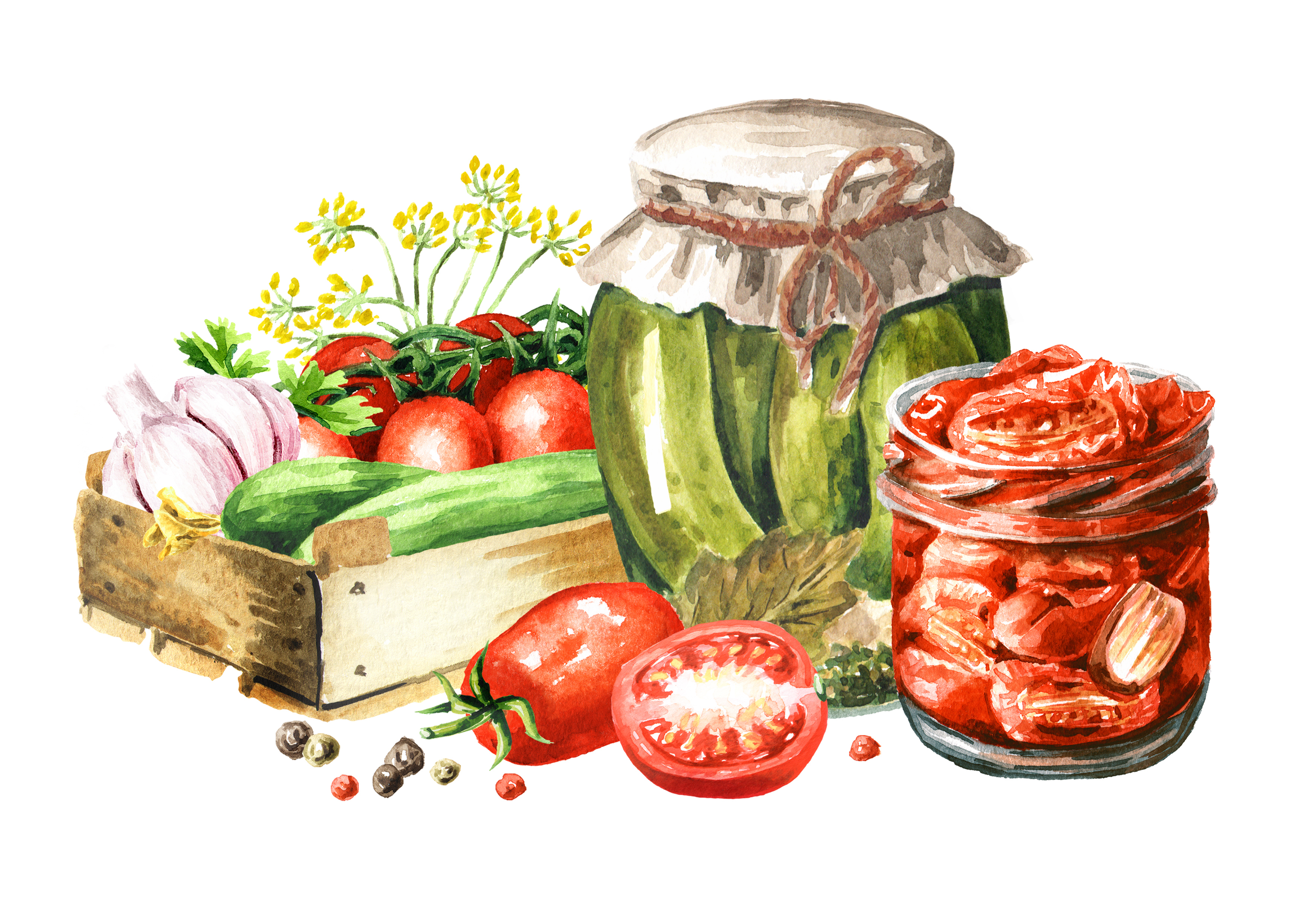Food Waste Prevention at Home
Your home is one of the best places to help prevent wasted food.
Simple steps such as storing food well, getting creative with leftovers, remembering what food is in the refrigerator or even freezing portions to use later can help prevent food – and money – from being thrown away.
By reducing food waste, you become more self-sufficient while helping your community, the state of Oregon and your home on planet Earth. Know this: Households are estimated to be the largest source of wasted food in the country and making changes that help prevent such waste will help tackle climate change.

Top 10 Tips:
1. Save Money: Buy only what you need, eat what you buy and avoid throwing away food.
2. Plan Meals for the Week: Check your refrigerator, freezer and pantry first to avoid buying what you already have. Keep track of what you have and plan meals around what needs to be used up. Plan meals before you shop and buy only what you need for those meals.
3. Love Leftovers: Tasty casseroles, quiches, soups and stews can be made with leftover meats and veggies. Make tacos, burritos or quesadillas with leftover chicken, beef, pork or fish. Fried rice is a perfect dish for extra meat and rice. Make pizza or a sandwich with grilled chicken and roasted veggies. Turn stew into pot pie or use leftover mashed potatoes in clam chowder. Stale bread can be used to make soup or salad croutons or French bread. Leftover oatmeal or other cooked cereal can be used to make bread dough or muffins.
4. Bulk Up: You can use a grocery store’s bulk bins to buy small quantities and use your own packaging such as reusable containers (glass jars, stainless steel tins or large yogurt containers) or cloth bags. Be sure to weigh your container and note its tare weight – or empty weight – on the container. Store food at home in airtight, labeled containers.
5. Pantry/Cupboard Storage: Dark, dry, cool cupboards or pantries from 50 to 70 degrees Fahrenheit will keep foods best for longer. Place older containers in front to use first. Many unopened canned foods are safe past the can’s quality date. Highly acidic tomatoes and fruit may keep for 12 to 18 months. Less acidic vegetables and meats may keep for 2 to 4 years. Unopened dried fruits and veggies can sit in the pantry for 6 to 12 months, but move to the fridge after opening or use within 1 to 3 months. After opening, store dry foods such as rice or pasta in dry airtight containers to keep out rodents and insects and prevent absorption of moisture or odors.
6. Fridge Storage: Set refrigerators at 40 degrees Fahrenheit or below. The coldest parts of the fridge are the back and bottom, while the door is the warmest. Store meat and milk in the back or on the coldest, or lower, shelves. Most veggies belong in a high-humidity crisper drawer while most fruits and veggies that tend to rot should go in a low-humidity drawer. Jars of pickles and other condiments high in natural preservatives such as vinegar and salt are fine to sit in the fridge door. Store food that will go bad soonest in a visible place. Using clear storage containers labelled with dates is recommended to quickly identify contents and freshness.
7. Use the Freezer: You can freeze bread, sliced fruit, cheese (grated or in portions), meat and leftovers that can’t be eaten before they’d spoil. Frozen pastry or bread dough defrosts quickly and is healthier and tastier than store-bought. You can even batch-cook meals, or cook in bulk, and freeze portions of soups, stews, casseroles and curries. Veggies that freeze well include mushrooms, broccoli, asparagus, peas, cauliflower, corns, squash, onions, green beans, celery, sweet potatoes, parsnips, Brussel sprouts, peppers, avocados, herbs (in ice cube trays) and winter greens such as chard, collards, kale and spinach. Blanching in salted, boiling water for 2 to 3 minutes helps veggies retain flavor and texture once frozen. Nuts and seeds also can be frozen.
8. Stock Up: Freeze trimmings from vegetables and meat as well as cooked chicken, beef, pork or lamb bones so you can make your own soup stock. Save veggies or bones in two-gallon zip-top bags or another container. Examples of veggie scraps to save: root ends, skins, outer layer and severed tops of alliums (onions, garlick, shallots); carrot tips and tails; celery leaves; herb stems; corn cobs, mushroom stems, vegetable peels, bell pepper tops, asparagus ends.
9. New Culinary Skills: Consider learning new kitchen skills such as pickling, dehydrating, canning or making jam or jelly from surplus or abundant seasonal produce. Ask a friend or relative to show you how. Borrow a Roseburg Public Library book or e-book, or watch a YouTube video. Take a class with the Master Food Preservers of Douglas County: extension.oregonstate.edu/county/douglas/events
10. Compost for your Garden: If you have a garden, you’re probably already putting food waste (except meat scraps) to work in your garden as nutrient-rich soil. While the first step in composting can be as easy as keeping kitchen scraps in a plastic bucket with a lid, vermicomposting using red worms makes a rich, organic soil amendment that diverts potential waste material from landfills. Some people store scraps in a bag or old milk carton in the freezer or fridge.
Additional Resources
- Master Food Preservers of Douglas County Classes or Events
- OSU Extension Service Home Food Safety and Storage
- OSU Extension Service Home Food Preservation Tips
- Farmers’ Almanac Canning 101
- Oregon DEQ “Don’t Let Good Food Go Bad” Campaign
- U.S. EPA Composting Tips and Composting at Home
- Food Waste Feast
Sources: U.S. EPA, Farmers’ Almanac, seriouseats.com, myrecipes.com, eatright.org; goodcheapeats.com